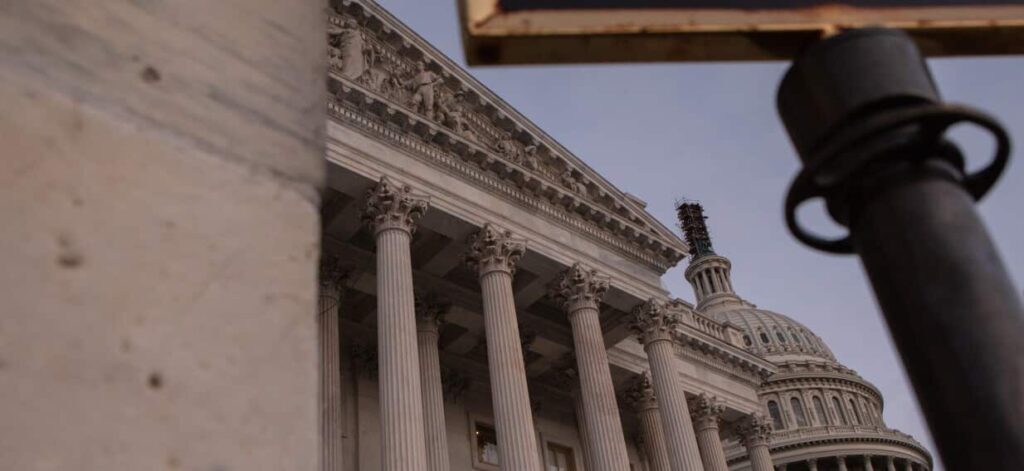
The United States government shutdown has officially become the longest in history, stretching into its 36th day. This unprecedented closure surpasses the previous record set during former President Donald Trump‘s administration in 2019. As the stalemate continues, political tensions are escalating, with Trump and Republican leaders blaming Democrats for the impasse.
During a breakfast meeting with Republican senators, Trump likened Democrats to “kamikaze pilots,” suggesting they are willing to jeopardize the country for political gain. He stated, “They’ll take down the country if they have to.” Despite this rhetoric, a recent poll by NBC News indicates that 52 percent of US voters hold Trump and congressional Republicans responsible for the shutdown, while 42 percent blame the Democrats.
Political Gridlock and Healthcare Demands
Government shutdowns in the US are not uncommon, marking this as the 15th occurrence since 1981. Such closures typically arise when funding bills fail to pass through Congress. The current shutdown began when Republicans and Democrats could not agree on a budget before the previous federal funding expired.
Democrats are currently withholding their votes for the funding bill, pushing for an extension of healthcare insurance subsidies aimed at reducing costs for millions of Americans. Rachel Snyderman, managing director of economic policy at the Bipartisan Policy Center, noted that while bipartisan discussions have been ongoing, the political divide remains significant.
Presently, Republicans control both chambers of Congress, holding a 53-47 majority in the Senate. However, to pass the bill in the Senate, 60 votes are required. Although two Democrats and an independent senator have supported the bill, two Republicans have opposed it, leaving Senate leaders needing five additional votes from Democrats to effectively reopen the government.
Democrats have stated they will only provide the necessary votes after their demands are addressed, while Republicans maintain they will consider healthcare issues only after the government is back in operation. In a notable move, Trump has urged Republican senators to consider bypassing the Senate filibuster to end the shutdown without Democratic support. This approach would require formal changes to filibuster rules, which some Republican leaders, including John Thune, have rejected.
Potential Solutions and Economic Impact
Despite these challenges, there are emerging signs of progress. A report from The Washington Post reveals that a bipartisan group of senators is working towards a potential agreement. Twelve Senate Democrats have expressed openness to supporting the proposal, which could provide enough votes to restore government operations.
On October 4, Chuck Schumer, Senate Democratic leader, and Hakeem Jeffries, minority leader of the House of Representatives, sent a letter to Trump requesting a “bipartisan meeting of legislative leaders” to resolve the shutdown. They emphasized their willingness to meet at any time to discuss solutions.
The economic implications of the shutdown are significant. According to the Congressional Budget Office, the shutdown could cost the US between an estimated USD 7 billion and USD 14 billion. The New York Times reports that around 700,000 federal workers have been working without pay since the shutdown began. Additionally, approximately 42 million Americans relying on the Supplemental Nutrition Assistance Program have faced delays in their benefits since October 1. The travel sector has also been affected, with around 3.2 million passengers experiencing flight delays and cancellations due to the shutdown.
As the deadlock continues, the focus remains on finding a resolution that will satisfy both parties and restore government functions, but the path forward appears fraught with challenges.






